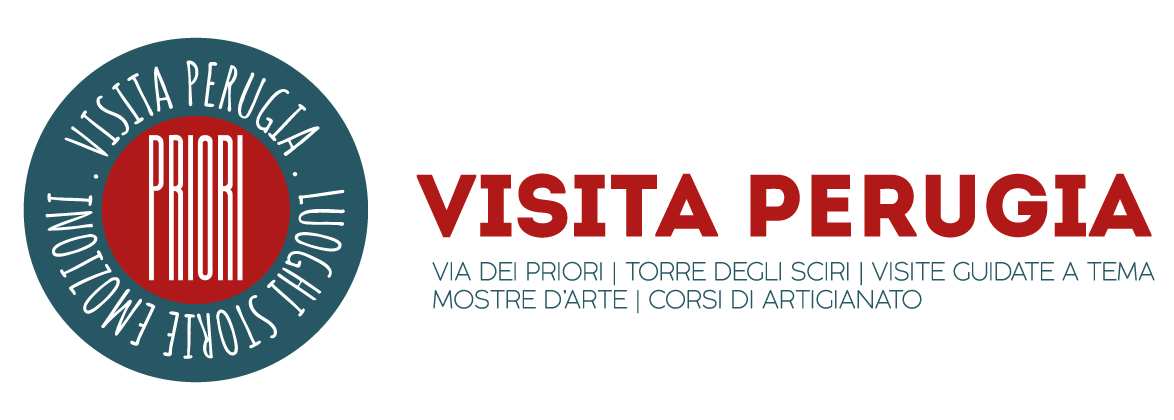

Vincioli Palace. Located within the Etruscan walls at number 89 of Via dei Priori. It is not known when it was built for the first time, but the facade writes, for those who know how to read, its history: Roman windows, then walled (VIII-X century), then Gothic style doors (XI-XIII century), next and last eighteenth-century renovation. The Vincioli family, whose name it bears, belonged to the feudal nobility. Their coat of arms is presented in a silver field crossed by a blue band; in the early 1300s, the half silver griffin with a bare rapier on the right was added as a crest, granted by the Municipality of Perugia to this well-deserved family who gave their palace to the city so that it could build the new, current Municipal building. The members of the family were buried in the Church of San Francesco al Prato. Among these is in particular St. Peter Vincioli (925 – 969), Benedictine, to whom the bishop Honestus entrusted, when the Canons moved to San Lorenzo, the church-cathedral of Monte Calvario, formerly a Roman temple. Peter transformed it into a monastery and basilica at his own expense. He was a pious man and performed numerous miracles, including the one painted in St. Peter in which you see the monk who with a sign of the cross stops a column that was falling, thus maintaining it until the workers put it in safety. It is also said that he managed to stop the troops of Otto II who, crowned in Rome, returning to Germany raided along the way: at the gates of Perugia Peter met him and persuaded him to spare the city and the earldom. For his piety he was made a saint, the only Perugian saint, to whom the Basilica of San Pietro Vincioli is named after. The Vincioli also distinguished themselves in the art of war, with captains such as Venciolo di Gucciarello at the service of Florence; then Carlo Senzaterra, Duke of Valois. His father Venciolo, commanding many soldiers, died in Smyrna fighting against the Turks in the crusade of Clement VI. In the following centuries the Vincioli distinguished themselves as magistrates, university professors, prelates, and writers: the family became extinct with Abbot Jacinto, poet and writer, magistrate, founder of the Accademia dei Filopatri, who also had to build, in the gardens behind the building, a wooden theater, as it was used at the time, called the eagle, demolished in 1775.

